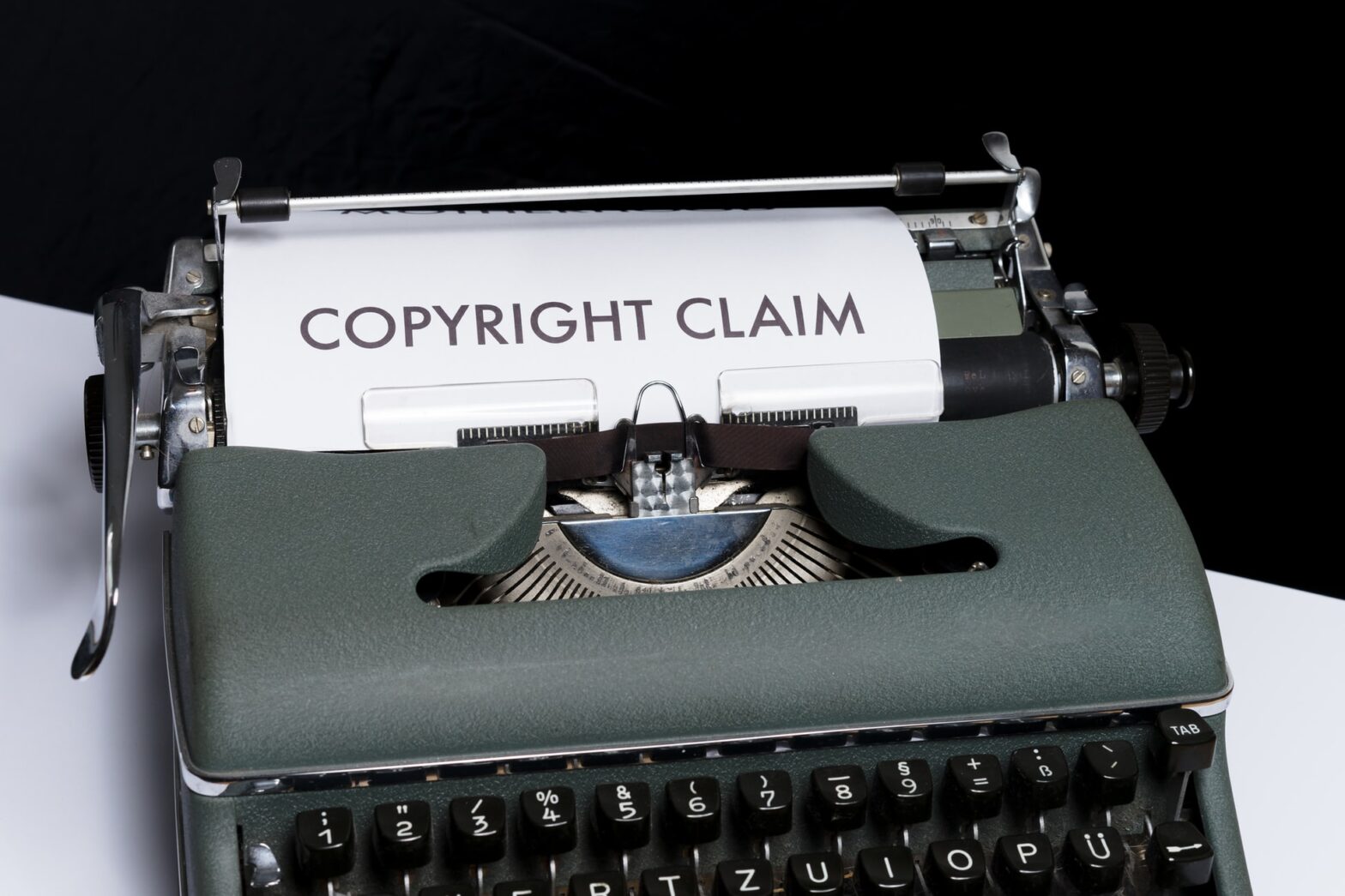The Public Domain can be a tricky matter. An explanation of what and why images from the film industry have become, or always have been, in the Public Domain.
Trailers
Q A trailer is made up from clips of the copyrighted movie. They must be copyrighted as well. Right?
A Actually, no. Copyright law underwent a change in 1977. Prior to this, if a trailer didn’t have an explicit copyright notice, it was automatically in the public domain. The overwhelming majority of trailers prior to 1977 fall into this category.
Photos from trailers
Q What about photos made from trailers?
A These are also public domain, as long as the trailer they come from is also public domain. How can this be? The movie is copyrighted so why not the trailer. A film’s copyright notice does not extend beyond it physical form. They can’t be transferred onto another body, such as a trailer. The trailer has a publication date prior to the release of the film. Since the trailer preceded the movie, that takes precedence as well. You can’t make a photo from the actual movie, that IS copyright infringement. But if it’s from a trailer made before 1977, have at it.
Publicity Photos? “Backstage Photos”?
Q What about posed publicity photos and backstage photos?
A Prior to 1963, if the photo does not have an explicit copyright notice, it is in the public domain. This one is particularly safe. The studios never copyrighted these. They were meant for mass distribution. They wanted people to use and share them.
Lobby Posters?
Q What about those big lobby posters?
A There was a change in copyright law in 1963 regarding this. Prior to 1963 if a poster didn’t have an explicit copyright posting, the poster is also in the public domain. If a poster with a notice has since let its copyright expire, it too is in the public domain. Hint: almost any poster before 1963 with a rare copyright notice has since become public domain. Think the gigantic, great films of all time like Citizen Kane or The Wizard of Oz. Even those specific original posters are now fair game.
Things fall out of copyright?
Q Why do previously copyrighted materials suddenly come into the public domain?
A There are a number of answers for this. First, nothing is ever intended to be under copyright forever. The original law stated that you got an initial copyright of 28 years, and then one 28 year renewal. After that your work became public domain whether you liked it or not. Disney did not! When their initial iconic films were about to fall out of copyright–such as Mickey Mouse, etc–Disney lobbied hard in the 70s to get copyright extended. Copyright law was amended to allow extensions up until the 75th year of production.
Public Domain as of 1998
In the late 90s, so many copyrights were in such a muddle that something had to be done. A law was enacted in 1998 which very strictly determined when something passes into public domain. Every January 1st, an entire year of previously copyrighted material comes into the public domain. For examply, on January 1, 2021, every single thing with an original copyright in the year 1925 and earlier came into the public domain. No more renewals, ever. Each successive year, the next entire year of material become public domain. So, on January 1, 2022, everything from the year 1926 becomes public domain. This even applies to books. In the past two years, gigantic titles like The Great Gatsby, The Sun Also Rises, and Winnie the Pooh all fell out of copyright.
Why not keep everything copyrighted?
The second answer is that renewing copyrights can get expensive. Can you image the cost for a studio to renew every single publicity photo, poster, trailer, short and feature film when their copyright expires? The costs were astronomical, especially when things from the Golden Age (about 1930 through 1945) came up for renewal. It was just too expensive to do it.
The Golden Age produced literally thousands upon thousands of motion picture material alone, each year! They had to pick and choose what to renew. Photos, posters and publicity material (if they had even been copyrighted in the first place) were easy choices. Scads of newsreels, short films and even feature length movies also fell into this category. The studios approached each one by saying “who’d ever be interested in this again?” So, they chose only the things they thought they could still make money with in the future. But they made some horrible mistakes. It’s a Wonderful Life, My Man Godfrey, His Girl Friday and A Star is Born were all allowed to fall out of copyright.
What is Fair Use?
Q What is “Fair Use?”
A Fair Use was established in copyright law fairly early on. Fair Use allows copyrighted materials to be freely used when certain conditions are met–when no other suitable image is available in the public domain, and when it is being used to “promote cultural appreciation and understanding of the work in question.” So think Wikipedia articles and movie reviews.


